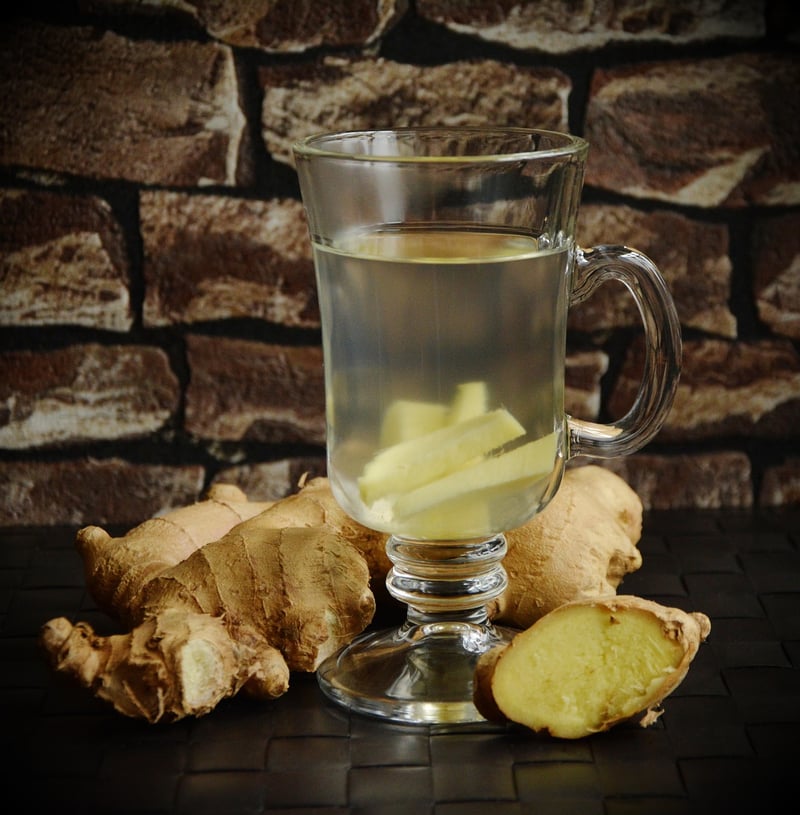Herbal Remedies
The Art of Growing Food and Herbs for Herbal Remedies
Introduction
Are you interested in harnessing the power of nature to improve your well-being? Growing your own food and herbs can not only provide you with fresh ingredients for cooking but also offer a natural way to create herbal remedies for various ailments.
Growing Food and Herbs
Whether you have a spacious backyard or a small balcony, you can start growing your own food and herbs. Here are a few tips to get you started:
1. Choose the Right Plants
Consider the climate and available space when selecting plants. Herbs like basil, mint, and rosemary are great for beginners, while tomatoes, peppers, and lettuce are popular choices for growing food.
2. Provide Adequate Care
Ensure your plants receive enough sunlight, water, and nutrients. Regularly check for pests and diseases to keep your plants healthy.
3. Harvesting
Harvest herbs in the morning when their essential oils are most potent. For vegetables, pick them when they are ripe to enjoy the best flavor.
Herbal Remedies
Once you have a thriving garden, you can explore the world of herbal remedies. Here are a few common herbs and their medicinal uses:
1. Lavender
Lavender is known for its calming properties. You can use dried lavender flowers to make a relaxing tea or create a soothing salve for minor burns.
2. Peppermint
Peppermint is excellent for aiding digestion and relieving headaches. Make a refreshing peppermint tea by steeping fresh leaves in hot water.
3. Aloe Vera
Aloe vera is a versatile plant that can be used to soothe sunburns and minor skin irritations. Simply cut open a leaf and apply the gel directly to the affected area.
Conclusion
Growing your own food and herbs not only allows you to enjoy fresh, organic produce but also opens up a world of natural remedies right in your backyard. Start your herbal journey today and experience the benefits of incorporating homegrown ingredients into your daily life.

